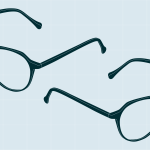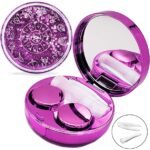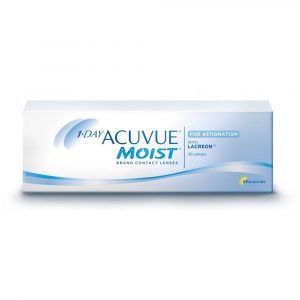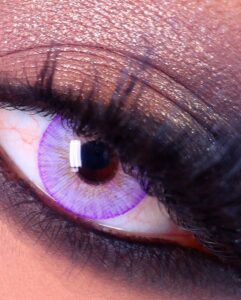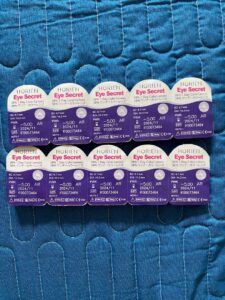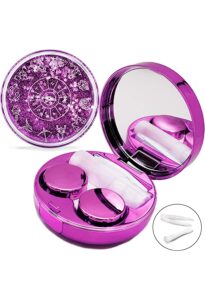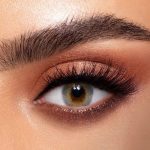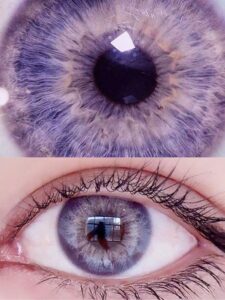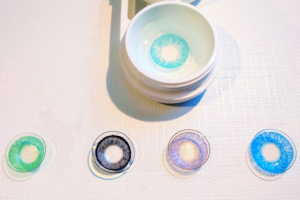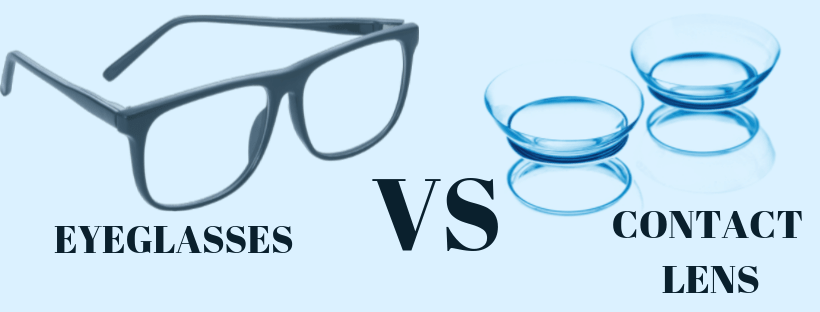
The Cost Comparison: Contact Lenses vs Glasses
Corrective vision is a necessary aspect of life for many people. It’s an essential tool to see the world clearly, perform tasks efficiently and lead a comfortable life. There are two main options when it comes to corrective vision: glasses and contact lenses. Both have their advantages and disadvantages, but one of the primary concerns for many individuals is the cost. In this article, we will compare the cost of glasses and contact lenses to help you determine which one is more affordable for you.
Initial Cost
The initial cost of glasses and contact lenses can vary widely depending on the type of lenses and frames you choose. A basic pair of glasses with simple frames can cost anywhere from $50 to $150, whereas contact lenses can cost anywhere from $30 to $200, depending on the brand and type of lens. In general, daily wear contact lenses tend to be cheaper than extended wear contact lenses, while soft lenses tend to be more affordable than rigid gas permeable lenses.
If you opt for designer frames or high-end lenses, the cost can go up significantly. For example, a designer pair of glasses can cost $300 or more, while custom contact lenses can run over $1,000.
Ongoing Cost
One of the key differences between glasses and contact lenses is the ongoing cost. Glasses only require replacement when you break them or want a new prescription, while contact lenses need to be replaced regularly. This can add up over time and significantly increase the cost of wearing contact lenses.
For daily wear contact lenses, the cost of replacement varies from $30 to $60 for a box of 30 lenses. For extended wear lenses, the cost can be as much as $80 to $120 for a box of 6 lenses. Depending on how frequently you replace your lenses, this can add up to a significant amount over time.
In contrast, glasses only need to be replaced when they break, or when you need a new prescription. If you take good care of your glasses and don’t lose them, you may only need to replace them every 2 to 3 years.
Insurance Coverage
Another factor to consider is insurance coverage. Most insurance plans will cover a portion of the cost of glasses or contact lenses. However, the amount of coverage can vary widely depending on your plan. Some plans will cover the cost of one pair of glasses every year, while others may only cover a portion of the cost.
Contact lenses tend to have more limited coverage than glasses. Some insurance plans only cover the cost of a basic set of lenses, while others may not cover the cost at all. It’s important to check with your insurance provider to see what type of coverage they offer for both glasses and contact lenses.
Prescription Requirements
Finally, it’s important to consider the prescription requirements for each type of correction. Glasses require a prescription from an optometrist or ophthalmologist, while contact lenses also require a prescription but also need to be fitted by an eye doctor. This fitting process can be time-consuming and may require several visits to the doctor.
In some cases, the cost of the fitting process can be covered by insurance, but in other cases, you may have to pay for it out of pocket. This added cost can increase the overall cost of wearing contact lenses, especially if you need to visit the doctor several times to get the fit just right.
Conclusion
In conclusion, the cost of glasses and contact lenses can vary widely depending on a number of factors, including the type of lenses and frames, the cost of replacement, insurance coverage, and prescription requirements. While glasses may have a lower initial cost, the ongoing cost of replacement


